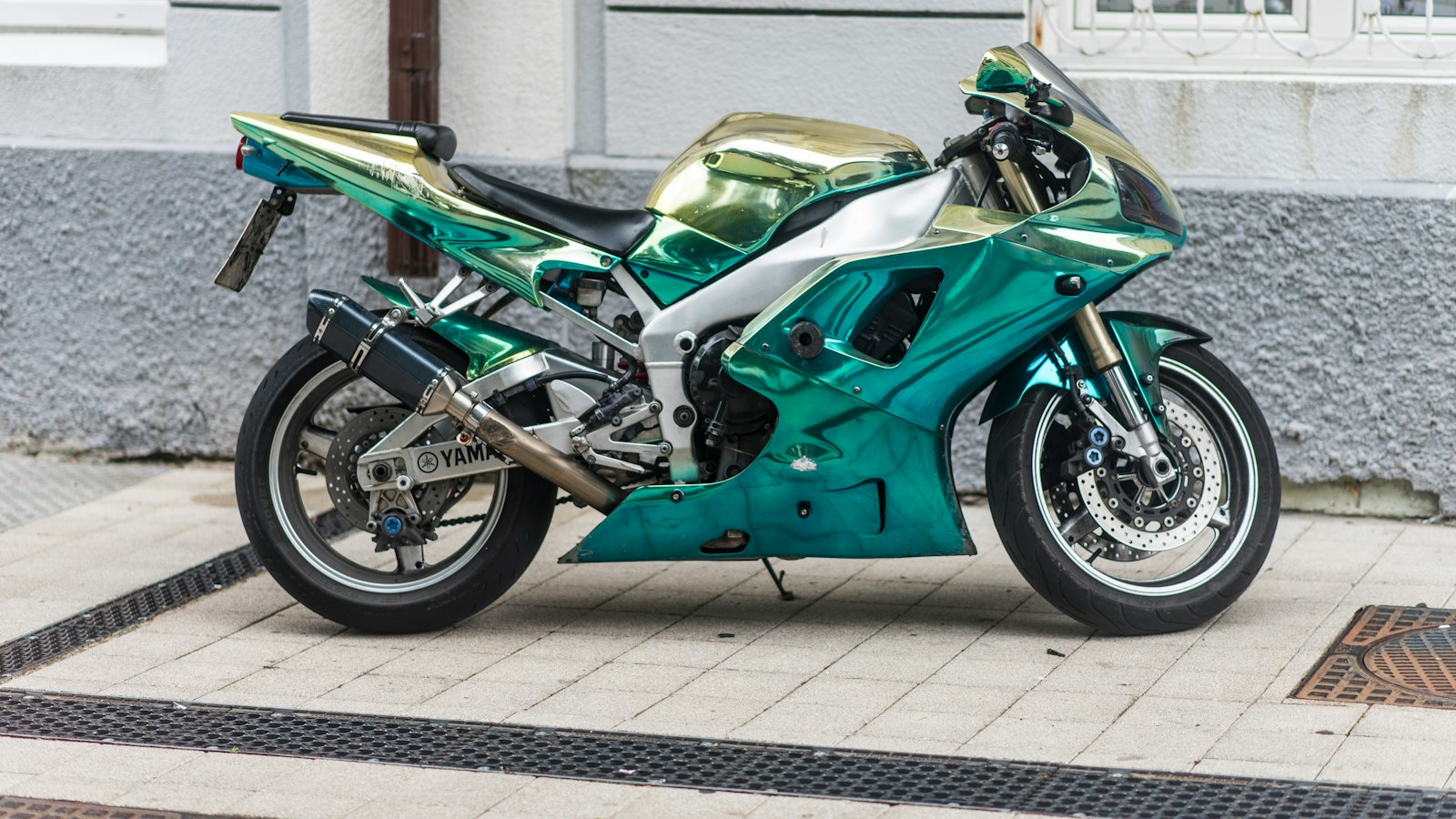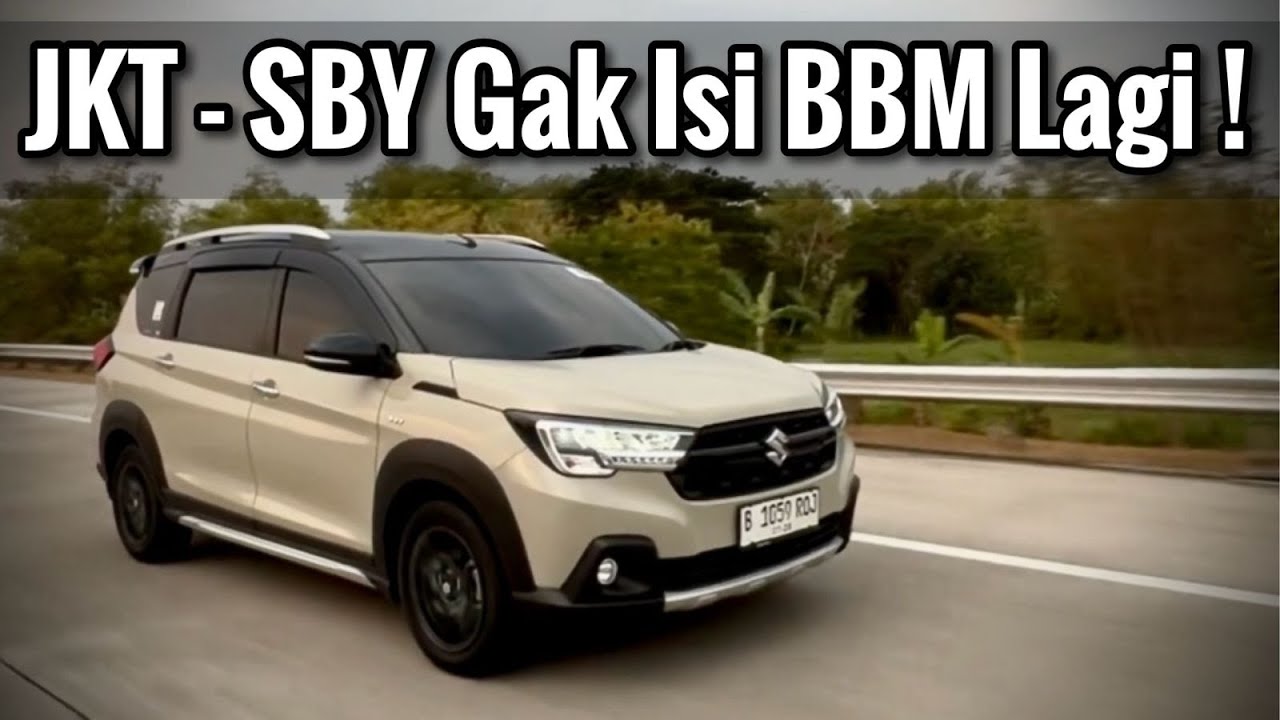Welcome to the blog post discussing the topics covered in the YouTube video titled "SUZUKI XL7 Smart Hybrid Indicator Bensin Seakan Gak Berfungsi". In this video, we explore the unique features and history of the Suzuki XL7, a crossover based on an MPV and almost a hybrid. Suzuki has always been known for creating vehicles that stand out from the crowd, and the XL7 is no exception. From the small yet powerful Jimny to the downsized Suzuki Baleno, the brand has continuously pushed the boundaries of innovation.
Now, let’s dive into the fascinating history of the Suzuki XL7. The XL7 first emerged in 1998 as a SUV, resembling the Grand Escudo. It captured the hearts of many due to its V6 engine and a 2500 cc capacity, making it a dream SUV. However, its high price tag and lack of four-wheel drive capabilities limited its popularity in Indonesia. Despite this, Suzuki decided to introduce the XL7’s second generation in 2006, with a larger and more imposing design. Sadly, it never made it to the Indonesian market, leaving only the first generation XL7 to be enjoyed by enthusiasts.
Fast forward to 2020, Suzuki surprised us yet again by reintroducing the XL7 in Indonesia. However, this time, it took a different approach. It transformed from a pure SUV into a crossover built on an MPV platform. Though it may seem like a downgrade, this shift addressed the needs of Indonesian drivers who sought a more fuel-efficient vehicle. In fact, the video showcases the astounding fuel efficiency of the XL7 Smart Hybrid, as it traveled 700 kilometers from Jakarta to Surabaya on just one tank of fuel. You can witness this impressive feat on the Motomobi and Fitra Eric channels.
But that’s not all; we’ll also explore the insights shared by Mamang, who put the XL7 through its paces on a rugged journey up the hills. The review delves into the car’s performance and durability, showcasing its ability to handle challenging terrains while accumulating a fair share of dirt and dust. All these captivating aspects form the narrative of the Suzuki XL7, a vehicle that continues to surprise and cater to the needs of Indonesian drivers.
So, if you’re as intrigued as we are, join us on this blog post journey as we delve deeper into the innovative and unique Suzuki XL7 Smart Hybrid.
– Introduction to the Suzuki XL7 Smart Hybrid: A Unique Crossover

The Suzuki XL7 Smart Hybrid is a unique crossover that combines the features of an MPV and a hybrid vehicle. It is the only crossover in the world that is almost a hybrid. With its impressive fuel efficiency, it can travel from Jakarta to Surabaya with just one tank of fuel. This makes it a practical choice for daily commuting or long-distance trips.
The history of the Suzuki XL7 is quite fascinating. Suzuki is known for creating cars that have no competitors, and the XL7 is no exception. Just like the iconic Jimny, which was the pioneer of small SUVs in Indonesia, the XL7 stands out with its distinct features. While other SUVs have large and fuel-consuming engines, the XL7 offers a smaller engine and a compact body. Suzuki has a unique way of differentiating itself in the market, as seen with the downgrading of the Baleno and now the XL7.
The first generation of the XL7 was introduced in 1998 and entered the Indonesian market in 2003. It had a more SUV-like appearance with a resemblance to the Grand Escudo. However, it was considered expensive for Indonesian consumers, and its lack of four-wheel drive capability limited its popularity. Despite this, the first generation of the XL7 remained a sought-after SUV in Indonesia. The release of the second generation in 2006 showcased a larger design compared to its predecessor. However, this version did not make it to the Indonesian market until 2020. The new XL7, although losing its SUV status, gained popularity as a crossover built on an MPV platform. The XL7 Hybrid, although downgraded from its predecessor, meets the demand in Indonesia for a fuel-efficient vehicle, transforming it from a gas-guzzler to an economical choice. With a firsthand experience of driving 700 kilometers from Jakarta to Surabaya using only one tank of fuel, the XL7 Hybrid proves its remarkable efficiency. For more details, check out the YouTube channels of Motomobi, Om mobi, and Fitra Eric, as they give comprehensive reviews and demonstrations of the Suzuki XL7 Hybrid.
– The Uniqueness of Suzuki’s Approach: A History of Innovation

The uniqueness of Suzuki’s approach can be traced back to its history of innovation. Suzuki has always been known for creating vehicles that stand out from the competition, and the Suzuki XL7 is no exception. Let’s dive into the fascinating history of this remarkable crossover.
Suzuki has a track record of introducing vehicles that have no direct competitors. Take the Suzuki Jimny, for example. It was the pioneer of small SUVs in Indonesia and had no competition at the time. While other SUVs had large and fuel-guzzling engines, the Jimny offered a small and efficient engine with a compact body. This trend of uniqueness continued with the Suzuki Baleno. When it first debuted in 1996, it was on par with popular sedans like the Civic, Corolla, and Lancer. However, Suzuki took a bold step and downgraded the Baleno in later generations, aligning its class with smaller cars like the Yaris and Jazz.
The Suzuki XL7 also embodies this distinctive approach. When it was first introduced in 1998 and entered the Indonesian market in 2003, it had a more SUV-like appearance than a typical crossover. With its resemblance to the Grand Escudo and a V6 engine with a 2500 cc capacity, the XL7 was a dream SUV for many. But its higher price tag and lack of 4×4 capabilities limited its popularity in Indonesia. Despite that, the first-generation XL7 remained the only option for Indonesian SUV enthusiasts for a long time. However, the second generation of the XL7, which was launched in 2006, was larger and more suited to the crossover segment. Astonishingly, it took until 2020 for Suzuki Indonesia to reintroduce the XL7. This time, though, they took a different path. The XL7 became a crossover that emerged from an MPV platform, trading in the prestigious XL7 name for a more accessible market. This unique move showcased Suzuki’s understanding of Indonesian consumers’ needs and desires – transforming a previously fuel-guzzling SUV into a fuel-efficient and affordable option, bringing newfound joy to the Indonesian market.
Suzuki’s history of innovation, constantly striving to offer something different and unique, is evident in the Suzuki XL7’s journey. From the pioneering Jimny to the downsized Baleno, and now the transformed XL7, Suzuki continues to surprise and challenge the status quo. So, if you’re looking for a vehicle that stands out from the crowd, offering both fuel efficiency and affordability, the Suzuki XL7 should definitely be on your radar.
– The Evolution of the Suzuki XL7: From SUV to Cross-MPV Hybrid

The Suzuki XL7 has undergone a remarkable evolution, transforming from an SUV to a crossover MPV hybrid. Suzuki has always been known for creating vehicles that are unique and unlike any other in the market. Just like the iconic Jimny, which was the first compact SUV in Indonesia and had no competitors, the XL7 has its own distinctive qualities.
In the past, SUVs were known for their large engines and fuel consumption, but Suzuki took a different approach with the XL7. This crossover not only offers the spaciousness and versatility of an MPV, but it also boasts a nearly hybrid engine. With this innovative technology, the XL7 can travel from Jakarta to Surabaya on just one tank of fuel, making it incredibly fuel efficient.
The first generation of the XL7 was introduced in 1998 and arrived in Indonesia in 2003. It had a more SUV-like design, resembling the Grand Escudo, and could accommodate up to seven passengers. However, due to its higher price tag and lack of 4×4 capability, it didn’t gain much popularity in Indonesia. Since then, Suzuki enthusiasts have been waiting for the second generation of the XL7 to arrive. Finally, in 2020, Suzuki Indonesia unveiled the all-new XL7, which had undergone a drastic transformation. This time, it was developed based on an MPV platform, resulting in a crossover vehicle that offers the best of both worlds. Despite the shift in class and name, the XL7 Hybrid meets the needs of Indonesian consumers who prioritize fuel efficiency. It’s no longer a thirsty SUV but a budget-friendly and eco-friendly option that delivers impressive mileage.
– Fuel Efficiency and Practicality: Experiencing the Suzuki XL7’s Smart Hybrid Technology

The Suzuki XL7 is a unique crossover that stands out in the crowded MPV market, thanks to its smart hybrid technology. Unlike other crossovers, the XL7 is almost like a hybrid, making it the only one of its kind in the world. With this innovative technology, the XL7 offers exceptional fuel efficiency and practicality, allowing drivers to travel from Jakarta to Surabaya on just one tank of fuel.
Suzuki has a history of producing vehicles that are in a class of their own, and the XL7 is no exception. Just like the iconic Jimny, which was the pioneer of compact SUVs in Indonesia, the XL7 sets itself apart by offering a smaller engine and body size, while still delivering impressive performance. This unique approach is also seen in Suzuki’s other models, such as the Baleno, which initially competed with higher-class sedans but now targets the Yaris and Jazz segment. While the XL7 may resemble a SUV, it is technically classified as a crossover, emphasizing its versatility and appeal to a wider audience.
In conclusion, the Suzuki XL7 Smart Hybrid truly stands out as a unique crossover in the market. Suzuki has always been known for creating vehicles that are unlike any other, and the XL7 is no exception. With its almost hybrid engine, this crossover is capable of traveling from Jakarta to Surabaya with just one tank of fuel, making it a highly efficient option for Indonesian drivers.
The XL7’s history is also quite fascinating, with Suzuki’s tendency to create cars that are in a league of their own. Just like the Jimny, which was a pioneer compact SUV with no competition at the time, the XL7 sets itself apart by offering a smaller engine and size compared to other SUVs in its class. While this may seem like a downgrade, it actually caters to the needs of the Indonesian market, where affordability and fuel efficiency are paramount.
Although the first generation of the XL7 was relatively expensive and not equipped with the highly sought-after 4×4 capabilities, it still gained popularity among Indonesian drivers. However, it wasn’t until 2020 that Suzuki introduced the second generation of the XL7 in Indonesia, which surprised everyone by transforming from a pure SUV into a crossover built on an MPV platform. While it may have lost the prestige of its predecessor, this transition was exactly what the Indonesian market needed – a more affordable and fuel-efficient option.
The XL7 Smart Hybrid proves its worth when put to the test. Driving a staggering 700 kilometers from Jakarta to Surabaya on just one tank of fuel is a remarkable feat and a testament to its fuel efficiency. Videos on channels like Motomobi and Fitra Eric showcase this impressive capability firsthand, providing solid evidence of its efficiency and reliability.
Additionally, the XL7 has also been reviewed by experienced car enthusiasts, including Mamang and Fitra. Their firsthand experiences, putting the XL7 through its paces on challenging terrains, highlight its durability and performance. From dusty terrains to uphill climbs, this crossover has proven its prowess and ability to adapt to various conditions.
In essence, the Suzuki XL7 Smart Hybrid may have undergone some changes throughout its history, but it remains a standout option for Indonesian drivers. Its unique blend of affordability, fuel efficiency, and adaptability make it a practical and desirable choice. Whether it’s exploring urban landscapes or conquering off-road adventures, the XL7 Smart Hybrid proves that going hybrid doesn’t mean compromising on performance.
